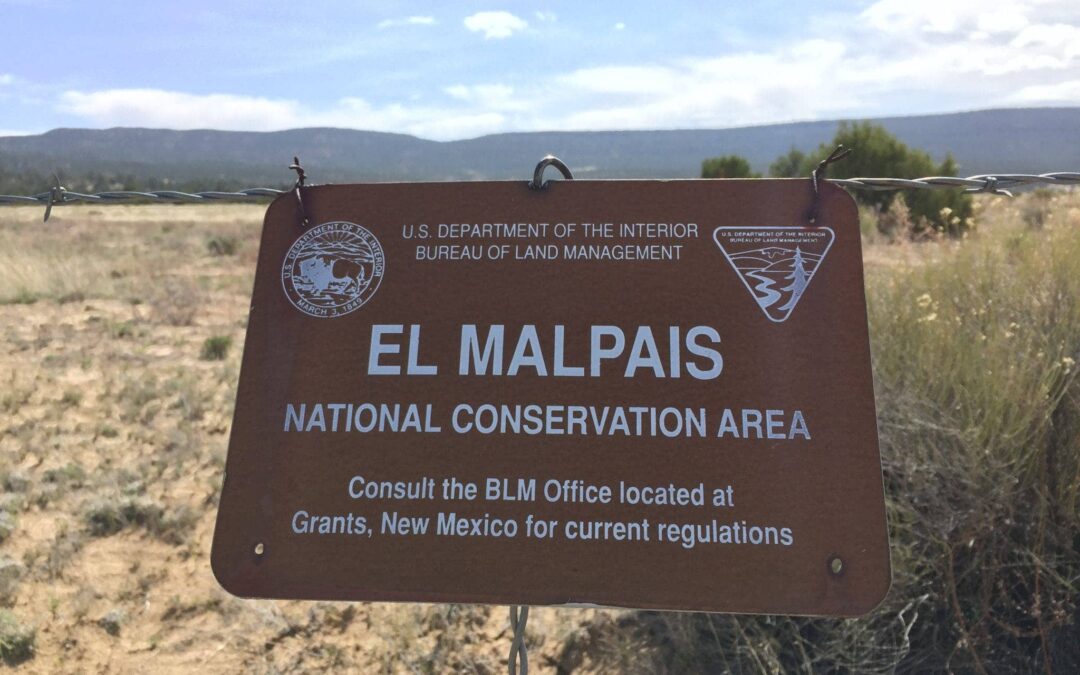“The partners envision a future of the CDNST, where: (1) the scenic, historic, natural and cultural resources of the corridor are protected and conserved to afford a unique and nationally significant scenic trail experience; (2) a complete, continuous, and seamless CDNST provides optimal outdoor recreation opportunities; and (3) the CDNST is enjoyed and appreciated by diverse visitors and receives broad local, state, and national citizen support and engagement.
To achieve this vision, the Agencies and CDTC will need to work together to build local, state, regional and national public support for the trail, provide accurate trail information, promote and develop long-term volunteerism, and promote trail marking, maintenance and operations consistent with the CDT Comprehensive Plan.”
So reads part of the hot-off-the-presses MOU, short for Memorandum of Understanding, between the Continental Divide Trail Coalition, the U.S. Forest Service, the National Park Service, and the Bureau of Land Management. If you’re unfamiliar, MOUs are non-legally binding documents that specify agreement between two or more parties on what they will do to achieve a common goal.
The MOU signed last month is the first official recognition of a trailwide partnership between the USFS, NPS, BLM, and CDTC in the stewardship, promotion, and protection of the trail. We spoke with Brenda Yankoviak, the CDT Administrator, about what this means for CDTC, our agency partners, and the trail itself.
CDTC: So what is the MOU, exactly? Why is this important?
Brenda: An MOU is really just a statement of the nature of our relationship. It doesn’t commit any resources, but rather outlines how we work together. In this case, the MOU recognizes the unique role that CDTC plays in assisting with trail maintenance, information, and other activities trailwide to elevate the management of the Continental Divide Trail. The reason that an MOU is important is it helps to really clarify our goals, how we all work together, and what our unique niche is and what we can really do to leverage our strengths to improve the management of the trail.
CDTC: So what are those goals? What is laid out in this MOU about how CDTC and its agency partners work together on behalf of the CDT?
Brenda: In the MOU, the agencies – the four Forest Service regions, four National Park Service units, and five BLM state offices along the CDT, which are each responsible for managing a section of the trail – and the CDTC have agreed to take certain actions to achieve the vision of a completed, protected, and well-loved Continental Divide Trail. It is all legally non-binding, but it basically tries to capture and outline the work we all already do to help protect and maintain the CDT and clarify what each partner is doing. There’s a long list for both the CDTC and the agencies in the MOU, but I’ll try to sum it up as best I can. CDTC agrees to coordinate with the agencies to do things like educate the public about the CDT and provide them with helpful trail information, recruit and train volunteers to maintain the CDT, and facilitate the involvement of other partners and stakeholders along the trail. The agencies, in turn, agree to work with CDTC as a trailwide partner in CDT stewardship, and assist CDTC with its work to promote, build, and maintain the trail. The Forest Service, as the administering agency of the trail, agrees to additional steps like designating a full-time CDNST Administrator (me!) and facilitating relationships between CDTC staff and agency staff along the trail.
CDTC: CDTC had a previous MOU with the USFS. What does the inclusion of the Park Service and the BLM in this new MOU mean?
Brenda: Correct, we (the Forest Service) signed an MOU with CDTC back in 2014 to outline the nature of our partnership. Now, CDTC is really expanding its reach and ability to help bring capacity to the agencies. The interagency nature of this new MOU demonstrates that these agencies see value in the professionalism of CDTC and that it plays a unique role as a trailwide partner in assisting with a lot of the different aspects of CDT management. The new MOU is definitely a recognition of CDTC being a solid partner and having a lot of capacity to continue to strengthen those partnerships going forward, and it will help CDTC create new partnerships at the local level to promote conservation of the trail.

